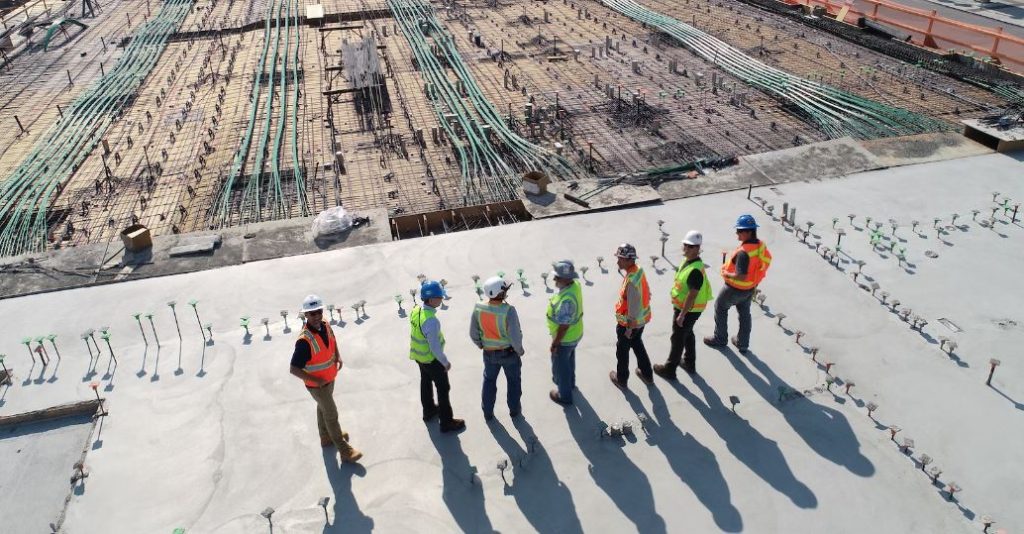Safety is a top priority in various industries and professions where employees face potential hazards and risks. Protective gear essentials in safety uniforms play a crucial role in enhancing worker safety, preventing injuries, and ensuring overall well-being. In this blog post, we will explore the importance of these protective gears and their significance within safety uniforms.
Understanding Protective Gear Essentials
Protective gear essentials are specialized equipment designed to minimize the risk of injuries and provide added protection against workplace hazards. These gears are specifically tailored to address the unique safety requirements of different industries and job roles. While the specific gear may vary depending on the nature of the work, some common examples include helmets, goggles, gloves, earplugs, respirators, safety shoes, and high-visibility clothing.
Enhancing Worker Safety
The primary purpose of incorporating protective gear essentials into safety uniforms is to enhance worker safety. These gears act as a barrier between the worker and potential hazards, reducing the likelihood of injuries and accidents. For instance, helmets protect the head from falling objects or impact, while goggles shield the eyes from flying debris or harmful substances. Gloves offer hand protection against cuts, burns, or chemical exposure, and earplugs safeguard against excessive noise levels.
By providing an additional layer of defense, these gear essentials significantly reduce the risk of injuries and contribute to a safer work environment.
Importance of Protective Gear for Mechanics in Salt Lake City
In bustling cities like Salt Lake City, where the automobile industry thrives, mechanics face a variety of workplace risks daily. The importance of protective gear essentials in safety uniforms for mechanics cannot be overstated. For mechanics, specific gear such as safety glasses to protect against metal shavings, durable gloves to prevent cuts and burns from auto parts, and sturdy shoes for foot protection are critical. The use of high-visibility clothing is also essential in busy garages, ensuring mechanics are easily seen in a potentially chaotic environment. Adherence to these safety practices helps maintain a safe working atmosphere in mechanic shops across Salt Lake City.
Preventing Injuries and Illnesses
Workplace injuries and illnesses can be prevented or mitigated by wearing appropriate protective gear. For example, safety shoes with reinforced toe caps offer foot protection against heavy objects or potential crushing hazards. Respirators filter out harmful particles or chemicals, preventing respiratory issues. High-visibility clothing ensures that workers are easily visible, reducing the risk of accidents in low-light conditions.
By addressing potential risks and hazards through the use of protective gear essentials, employers can effectively minimize the occurrence of injuries and illnesses among their workforce.
Compliance with Safety Regulations
In addition to promoting worker safety and preventing injuries, incorporating protective gear essentials within safety uniforms helps ensure compliance with safety regulations. Various industry-specific regulatory bodies mandate the use of specific protective gears based on the potential hazards present in the work environment.
By adhering to these regulations, employers demonstrate their commitment to creating a safe and secure workplace for their employees. Compliance not only protects the workers but also avoids legal consequences and penalties that may arise from non-compliance.
Cultivating a Safety Culture
The presence of protective gear essentials in safety uniforms fosters a culture of safety within an organization. When employees consistently wear and utilize these gears, it reinforces the importance of safety in the workplace. It creates an environment where safety becomes a shared responsibility and everyone actively mitigates risks and prevents accidents.
A strong safety culture enhances employee morale, productivity, and overall satisfaction. It also encourages open communication about safety concerns and promotes the continuous improvement of safety practices within the organization.
Conclusion
Protective gear essentials are an integral part of safety uniforms, serving as a vital line of defense against workplace hazards and risks. By incorporating these gears, employers enhance worker safety, prevent injuries and illnesses, ensure regulatory compliance, and cultivate a safety-centric culture.
Remember, proper selection, fit, and maintenance of protective gears are equally important to ensure their effectiveness. Employers should provide training on the correct usage and care of these gears, while employees should embrace the responsibility of wearing them consistently. Together, we can create safer work environments and protect the well-being of the workforce.




